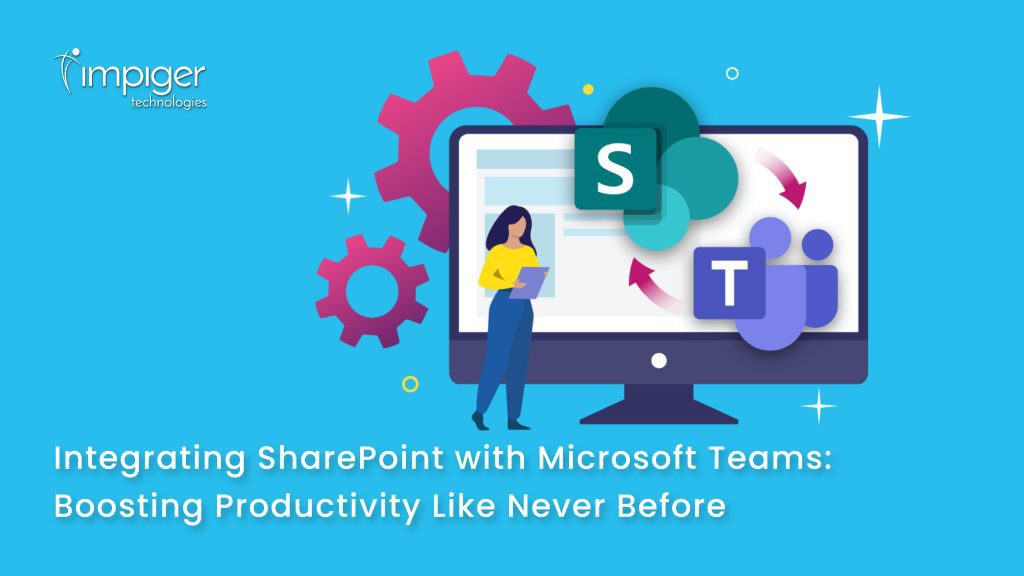In today’s fast-paced, digitally connected world, enterprises are increasingly adopting cloud-based tools, communication apps, and collaboration platforms. With the growing reliance on such technologies, it’s easy to assume that traditional intranets are becoming obsolete. However, the truth is that intranets remain the heart of modern enterprises, providing an essential backbone for communication, collaboration, and information sharing. Let’s explore why intranets continue to be indispensable in the digital workplace era.
1. A Centralized Hub for Information
At the core of any successful enterprise is the ability to access and share information quickly and efficiently. Modern intranet platforms offer a centralized space for all critical documents, policies, workflows, and knowledge bases. Whether it’s company-wide announcements, training materials, or project documentation, intranets ensure employees have easy access to the resources they need, when they need them. By keeping information organized and accessible, intranets reduce the time spent searching for data, improving productivity across the board.
2. Streamlined Communication Channels
Effective communication is the lifeblood of any organization. Intranet platforms have evolved into communication hubs, bringing together various tools such as messaging, forums, and discussion boards. They facilitate both top-down communication from leadership and peer-to-peer interaction across departments. With features like employee directories, project-specific workspaces, and group chat functionalities, intranets provide a seamless, one-stop shop for all communication needs, whether for quick updates, in-depth discussions, or collaborative brainstorming.
3. Enhanced Collaboration Across Teams
Collaboration has become increasingly vital in modern workplaces, especially with remote and hybrid work models becoming the norm. Intranets facilitate collaboration by enabling teams to work together on documents, share feedback in real-time, and manage projects in one unified space. Many modern intranets integrate with project management tools like Microsoft Teams, Slack, or Asana, ensuring that teams can easily transition from one platform to another without losing momentum. The ability to share files, track progress, and stay updated on team activities enhances productivity and fosters a collaborative culture.
4. Improved Employee Engagement
Employee engagement is crucial for the overall success of any business. Intranet platforms are key to boosting engagement by providing employees with a voice. Features such as surveys, polls, and feedback channels give employees the opportunity to share their thoughts and opinions in a structured and secure environment. Furthermore, intranets can be used to celebrate company milestones, recognize employee achievements, and promote company events or wellness programs, helping to strengthen employee satisfaction and morale.
5. Secure and Compliant Data Sharing
Security and compliance are non-negotiable in today’s business landscape, especially as organizations handle sensitive data across multiple channels. Intranet platforms are designed to ensure that internal communications and file-sharing occur within a secure and compliant environment. These platforms can be tailored to adhere to the specific regulations and data protection requirements of an industry, such as GDPR in Europe or HIPAA in the U.S. By providing secure access controls, audit trails, and encryption, intranets help organizations protect their data while ensuring that employees have the access they need to do their jobs efficiently.
6. Personalization and User Experience
Modern intranet platforms focus on creating a personalized experience for each employee. With features like customizable dashboards, targeted news feeds, and department-specific content, intranets ensure that employees see only the information relevant to their role or team. This personalization leads to a more engaging and intuitive user experience, as employees can easily navigate the platform without being overwhelmed by irrelevant content.
7. Integration with Other Business Tools
A significant advantage of modern intranet platforms is their ability to integrate with other business tools, including enterprise resource planning (ERP) systems, customer relationship management (CRM) platforms, and HR software. This interconnectedness enables employees to access multiple business applications from a single interface, streamlining workflows and reducing the need to juggle between different platforms. By consolidating all these tools in one place, intranets help employees stay organized, informed, and productive.
8. Future-Proofing the Digital Workplace
As businesses continue to evolve and adapt to new technologies, intranets have evolved as well. They are no longer static systems but dynamic platforms that integrate with cutting-edge tools like artificial intelligence (AI), machine learning (ML), and automation. These advancements make intranets smarter, allowing them to anticipate user needs, streamline workflows, and enhance decision-making processes. As companies continue to embrace the digital workplace, intranets will remain at the heart of these transformations, ensuring businesses stay competitive and efficient.
Final Thoughts
Despite the rise of cloud-based tools and external collaboration platforms, intranets continue to serve as the central hub for communication, collaboration, and information sharing within organizations. By offering streamlined workflows, fostering employee engagement, ensuring security, and providing integration with other business tools, intranets remain the backbone of modern enterprises. In the ever-evolving digital landscape, intranets are far from obsolete – they are, in fact, more relevant than ever in driving efficiency, connectivity, and success in the workplace.











